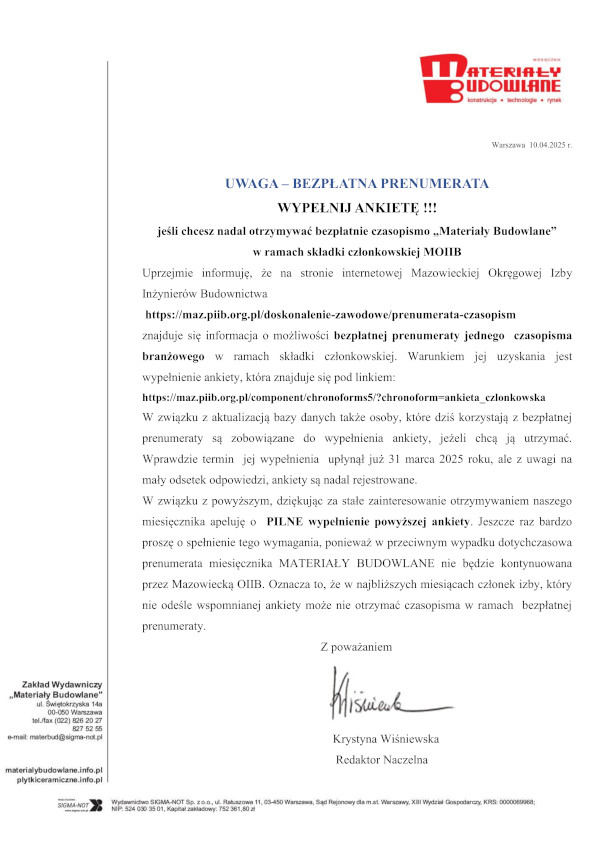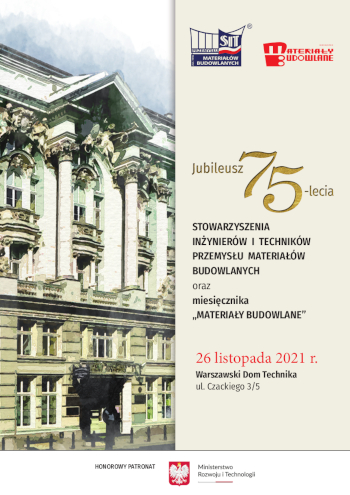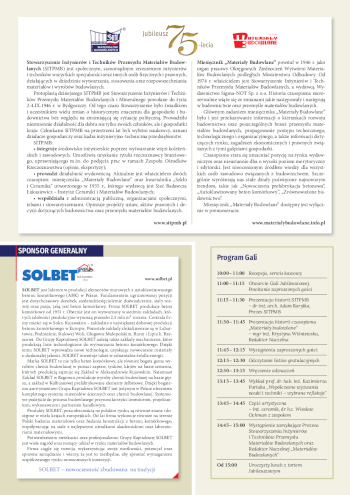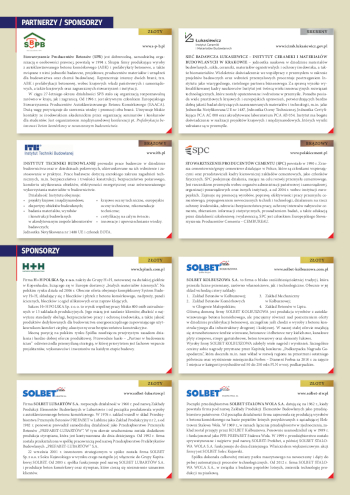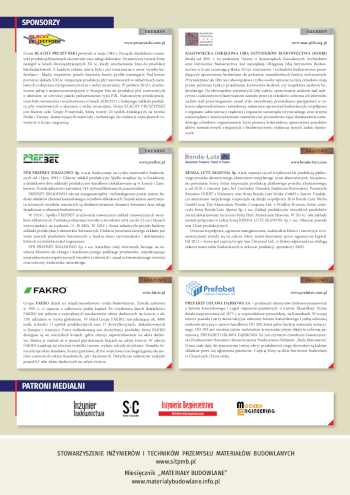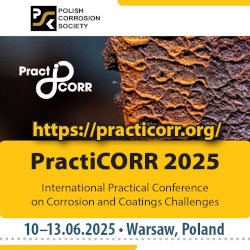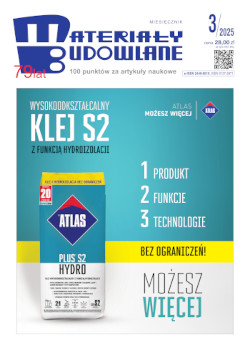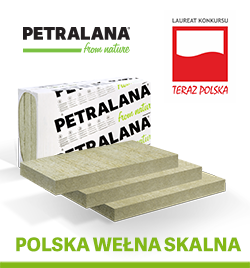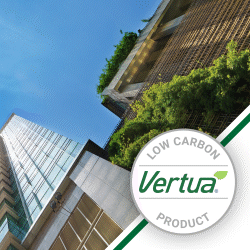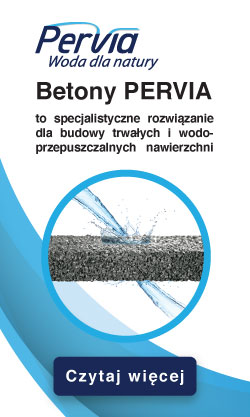Open Access (Artykuł w pliku PDF)
Influence of aluminum (III) hydroxide, magnesium (II) hydroxide and organophosphorus compounds on the flammability of epoxy materials
mł. kpt. mgr inż. Sebastian Staszko, Szkoła Główna Służby Pożarniczej, Wydział Inżynierii Bezpieczeństwa i Ochrony Ludności
ORCID: 0000-0001-9757-7030
st. bryg. prof. dr hab. Marzena Półka, Szkoła Główna Służby Pożarniczej, Wydział Inżynierii Bezpieczeństwa i Ochrony Ludności
ORCID: 0000-0002-2280-8137
Adres do korespondencji: Ten adres pocztowy jest chroniony przed spamowaniem. Aby go zobaczyć, konieczne jest włączenie w przeglądarce obsługi JavaScript.
DOI: 10.15199/33.2022.10.19
Oryginalny artykuł naukowy
Streszczenie. W artykule zaprezentowano wpływ Mg(OH)2, Al(OH)3 oraz Roflamu F5 i Roflamu B7 na właściwości palne utwardzonej żywicy epoksydowej Epidian 5. Po analizie szybkości wydzielania ciepła w kalorymetrze stożkowym oraz analizie termograwimetrycznej stwierdzono, że wprowadzone dodatki są skutecznymi antypirenami testowanych materiałów epoksydowych. Najmniejszą wartość maksymalnej szybkości wydzielania ciepła zanotowano dla próbki składającej się z Epidianu 5 oraz 10% wag. Roflamu F5 oraz 5% wag. Al(OH)3.
Słowa kluczowe: żywice epoksydowe; modyfikacje uniepalniające; właściwości przeciwpożarowe.
Abstract. The article presents the effect of Mg(OH)2, Al(OH)3, Roflam F5 and Roflam B7 on the flammability properties of the hardened epoxy resin Epidian 5.After analyzing the heat release rate in the cone calorimeter and thermogravimetric analysis, it was found that the introduced additives are effective antirenes of the tested epoxy materials. The lowest value of the maximum heat release rate was recorded for the sample consisting of Epidian 5 and 10 wt.% of Roflam F5 and 5 wt. Al(OH)3.
Keywords: epoxy resins; fire-retardant modification; fire properties.
Literatura
[1] Wang P, Xia L, Jian R, Ai Y, Zheng X, Chen G,Wang J. Flame-Retarding Epoxy Resin with an Efficient P/N/S-Containing Flame Retardant: Preparation, Thermal Stability, and Flame Retardance. Polymer Degradation and Stability. 2018; doi: 10.1016/j. polymdegradstab. 2018.01.026.
[2] Zhuang RC, Yang J, Wang DY, Huang YX. Simultaneously Enhancing the Flame Retardancy and Toughness of Epoxy by Lamellar Dodecyl Ammonium Dihydrogen Phosphate. RSC Adv. 2015, doi:10.1039/C5RA18358H.
[3] Luda MP, Balabanovich AI, Zanetti M. Pyrolysis of Fire Retardant Anhydride Cured Epoxy Resins. Journal ofAnalytical andApplied Pyrolysis. 2010, doi:10.1016/j.jaap.2010.02.008.
[4] Han X, Chen R, Yang M, Sun C, Wang K, Wang Y. Transparent Low-Flammability Epoxy Resins Using a Benzoguanamine-Based DOPO Derivative. High Performance Polymers. 2022, doi:10.1177/09540083211049966.
[5] Półka M, Łukaszek-Chmielewska A, Małozięć D. Nowe ekologiczne modyfikacje ogniochronne materiałów epoksydowych utworzone z Epidianu 5. Przemysł Chemiczny. 2012; T. 91, nr 2: 163 – 166.
[6] Liu H, Xu K, Ai H, Zhang L, Chen M. Preparation and Characterization of Phosphorus – Containing Mannich – Type Bases as Curing Agents for Epoxy Resin. Polymers forAdvanced Technologies. 2009, doi:10.1002/pat.1319.
[7] Xu M, Zhao W, Li B. Synthesis of a Novel CuringAgent Containing Organophosphorus and ItsApplication in Flame-Retarded Epoxy Resins. Journal of Applied Polymer Science. 2014, doi:10.1002/app.41159.
[8] Kumar SA, Denchev Z. Development and Characterization of Phosphorus-Containing Siliconized Epoxy Resin Coatings. Progress in Organic Coatings. 2009, doi:10.1016/j.porgcoat. 2009.04.004.
[9] Cheng X, Shi W. Synthesis and Thermal Properties of Silicon Containing Epoxy Resin Used for UV-Curable Flame-Retardant Coatings. Journal of Thermal Analysis and Calorimetry. 2010, doi:10.1007/s10973-010-1053-9.
[10] Unlu SM, Dogan SD, Dogan M. Comparative Study of Boron Compounds and Aluminum Trihydroxide as Flame Retardant Additives in Epoxy Resin. Polymers for Advanced Technologies. 2014, doi: 10.1002/pat.3274.
[11] Yang H,Wang X, Yu B, Song L, Hu Y, Yuen RKK. Effect of Borates on Thermal Degradation and Flame Retardancy of Epoxy Resins Using Polyhedral Oligomeric Silsesquioxane as a Curing Agent. Thermochimica Acta. 2012, doi:10.1016/j.tca.2012.02.021.
[12] Dogan M, Unlu SM. Flame Retardant Effect of Boron Compounds on Red Phosphorus Containing Epoxy Resins. Polymer Degradation and Stability. 2014, doi: 10.1016/j. polymdegradstab. 2013.12.017.
[13] Staszko S, Półka M, Kozikowski P. Analysis of the Influence of Organophosphorus Compounds and of Aluminium and Magnesium Hydroxides on Combustion Properties of EpoxyMaterials. Energies. 2022, doi: 10.3390/en15186696.
[14] Qian X, Song L, Jiang S, Tang G, Xing W, WangB,HuY,YuenRKK.Novel FlameRetardants Containing 9,10-Dihydro-9-Oxa-10-Phosphaphenanthrene- 10-Oxide and Unsaturated Bonds: Synthesis, Characterization, andApplication in the Flame Retardancy of Epoxy Acrylates. Ind. Eng. Chem. Res. 2013, doi: 10.1021/ie400872q.
[15] Wang X, Zhang Q. Synthesis, Characterization, and Cure Properties of Phosphorus-Containing Epoxy Resins for Flame Retardance. European Polymer Journal. 2004, doi: 10.1016/j.eurpolymj. 2003.09.023.
[16] Chen X, GuA, Liang G,Yuan L, Zhuo D, Hu J. Novel Low Phosphorus-Content Bismaleimide Resin System with Outstanding Flame Retardancy and Low Dielectric Loss. Polymer Degradation and Stability. 2012, doi: 10.1016/j.polymdegradstab. 2012.02.013.
[17] Yang S,Wang J, Huo S, Cheng L,Wang M. The Synergistic Effect of Maleimide and Phosphaphenanthrene Groups on a Reactive Flame- -Retarded Epoxy Resin System. Polymer Degradation and Stability. 2015, Complete, 63–69, doi: 10.1016/j. polymdegradstab. 2015.02.016.
[18] Qian LJ, Ye LJ, Xu GZ, Liu J, Guo J.-Q. The Non-Halogen Flame Retardant Epoxy Resin Based on a Novel Compound with Phosphaphenanthrene and Cyclotriphosphazene Double Functional Groups. Polymer Degradation and Stability. 2011, doi: 10.1016/j.polymdegradstab.2011.03.001.
[19]WangY, Zhao J,YuanY, Liu S, Feng Z, ZhaoY. Synthesis ofMaleimido-SubstitutedAromatic s-Triazine and Its Application in Flame-Retarded Epoxy Resins. Polymer Degradation and Stability. 2014, doi: 10.1016/j.polymdegradstab.2013.12.015.
[20] Qian L, Qiu Y, Sun N, Xu M, Xu G, Xin F, ChenY. Pyrolysis Route of a Novel Flame Retardant Constructed by Phosphaphenanthrene and Triazine-Trione Groups and Its Flame-Retardant Effect on Epoxy Resin. Polymer Degradation and Stability. 2014, doi: 10.1016/j.polymdegradstab. 2014.05.007.
[21] ZhangW, Li X,Yang R. Study on Flame Retardancy of TGDDM Epoxy Resins Loaded with DOPO-POSS Compound and OPS/DOPO Mixture. Polymer Degradation and Stability. 2014, doi: 10.1016/j.polymdegradstab. 2013.11.015.
[22] Qian L,Ye L, QiuY, Qu S. Thermal Degradation Behavior of the Compound Containing Phosphaphenanthrene and PhosphazeneGroups and Its Flame RetardantMechanism on Epoxy Resin. Polymer. 2011, doi: 10.1016/j.polymer. 2011.09.053.
[23] ISO 5660-1:2015 Reaction-to-Fire Tests – Heat Release, Smoke Production andMass Loss Rate – Part 1: Heat Release Rate (ConeCalorimeter Method) and SmokeProductionRate (DynamicMeasurement).
[24] PN-EN ISO 11358:2014 Plastics – Thermogravimetry (TG) of Polymers – Part 1: General Principles.
Przyjęto do druku: 02.09.2022 r.
Materiały Budowlane 10/2022, strona 74-78 (spis treści >>)


